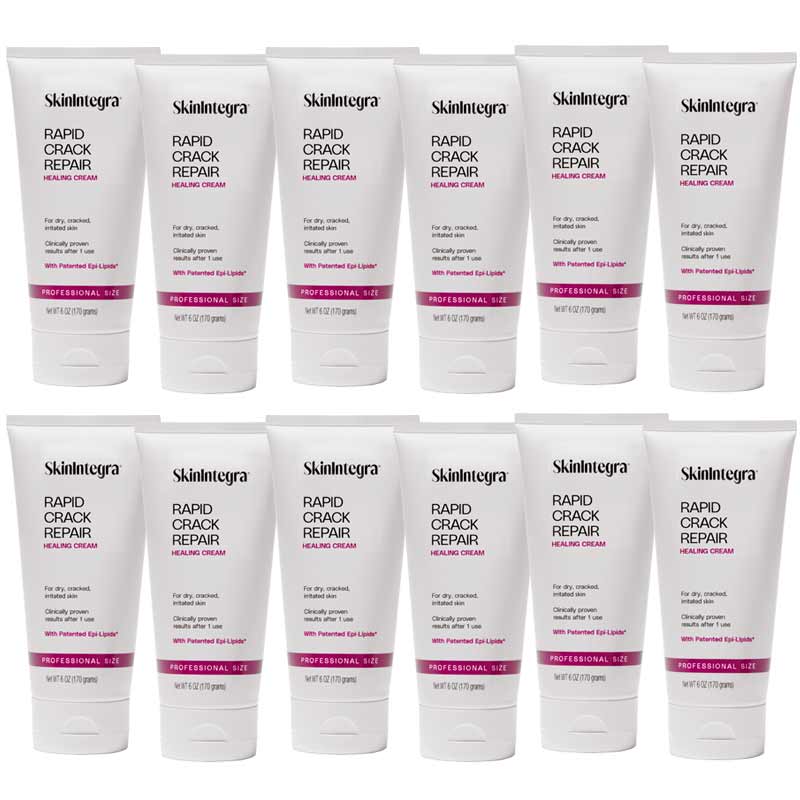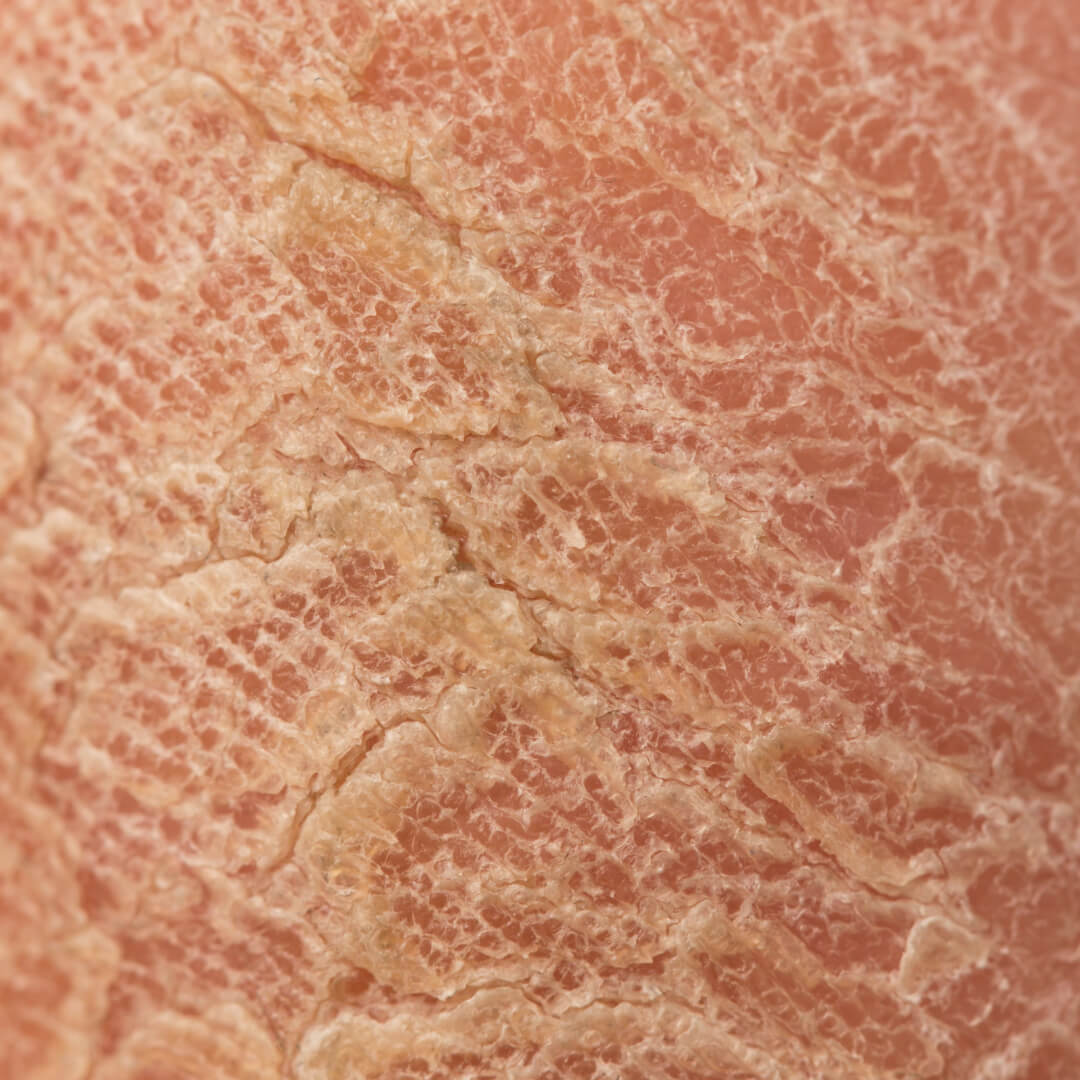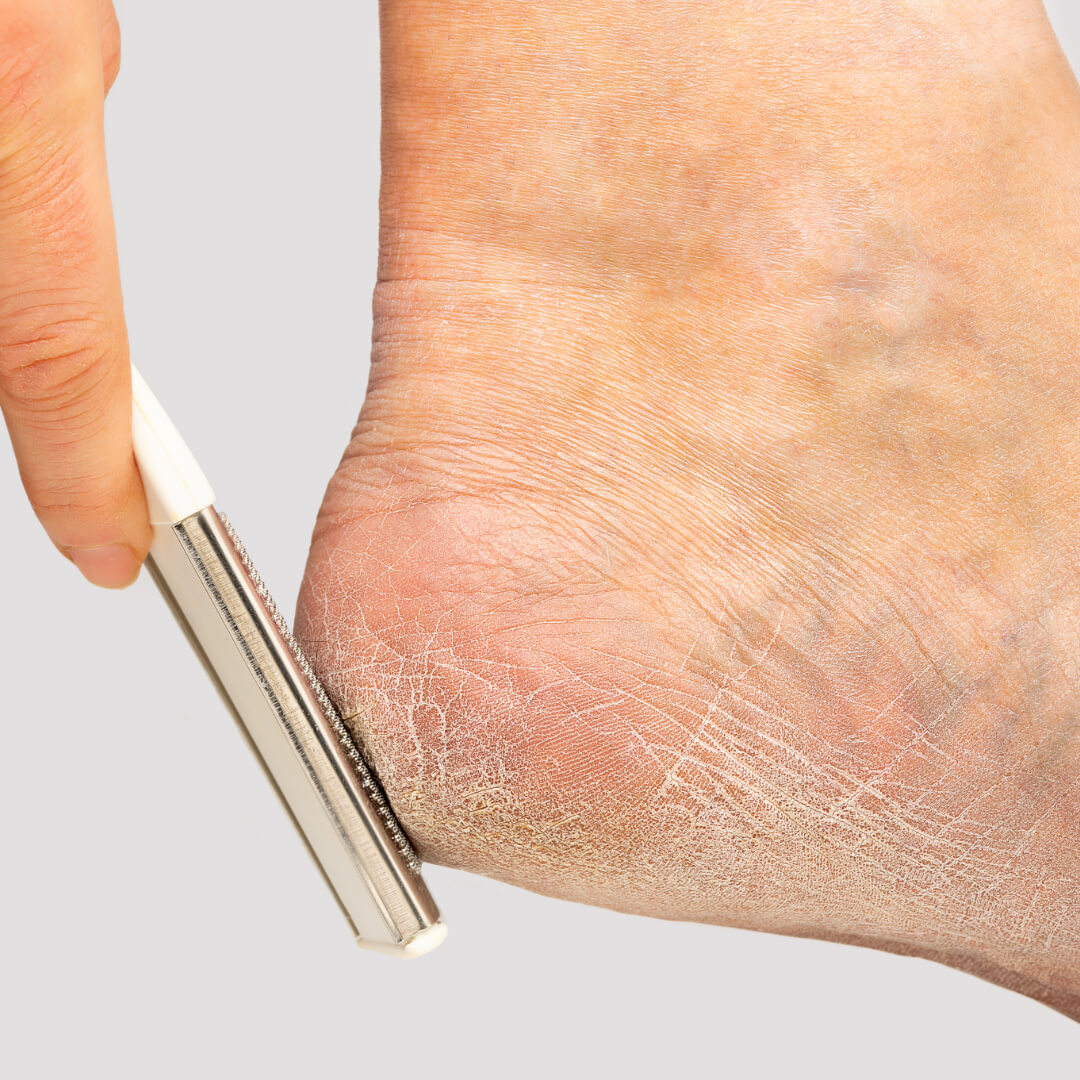If you're in the early stages of diabetes and noticing dry, itchy, or cracked feet, you're not alone. It’s one of the most common — and most overlooked — signs of diabetic skin changes. While the discomfort may seem minor, dry diabetic feet can progress to more serious complications if not addressed early. The good news? You have time to take action.
In this guide, we’ll walk through why dryness occurs early in diabetes, how to prevent it from worsening, and what products — including barrier repair creams for diabetic skin — actually work to restore comfort and protect your skin long term.
Why Dry Feet Start Early in Diabetes
Even in the early stages of type 2 or type 1 diabetes, subtle changes are happening inside the body that affect your skin — especially on the feet.
Here’s why dryness starts early:
-
Nerve changes (neuropathy) may begin before you feel symptoms, slowing sweat production and drying out the skin.
-
Circulation begins to narrow, especially in the legs and feet, reducing oxygen and nutrient delivery to skin tissue.
-
High blood sugar levels impair the skin’s ability to retain moisture, leading to a weakened skin barrier.
These changes mean that even before you’ve been diagnosed for long, your feet may already be more prone to dryness, cracks, and eventually, fissures or ulcers if left untreated.
What Early-Stage Diabetic Foot Dryness Feels and Looks Like
Recognizing symptoms early allows you to intervene before damage progresses.
Common signs include:
-
Dry, flaky skin on heels or soles
-
Itching or tightness after showering
-
Dull or ashy skin appearance
-
Tiny cracks in the heel area
-
Thickened skin patches or early calluses
At this stage, your skin may not be painful — but cracked heels in diabetes can become entry points for bacteria or fungus, leading to infections that are harder to treat later.
Simple Steps to Prevent Dry Diabetic Feet from Worsening
1. Wash with Care
Use lukewarm water (never hot) and a gentle, fragrance-free soap or cleanser. Avoid soaking your feet for long periods — it strips natural oils.
2. Dry Thoroughly
Pat your feet dry with a towel and make sure to dry between your toes. Excess moisture in these areas can cause fungal infections.
3. Moisturize Daily
Apply a barrier-repair foot cream for diabetic skin after bathing. Focus on the heels and soles — avoid moisturizing between the toes to prevent fungal overgrowth.
4. Wear Supportive Footwear
Choose shoes with a wide toe box, breathable fabric, and no seams that rub. Cushioning helps reduce pressure that can worsen dryness or cracking.
5. Inspect Your Feet
Look daily for signs of redness, cracks, or changes in color or texture. Use a mirror or ask for help if needed.
What Makes Early Diabetic Skin Different
At this stage, your skin still has regenerative potential — but only if you support it. What’s unique about early diabetic foot care is that:
-
Skin looks normal but already functions differently: less hydration, thinner barrier, slower healing
-
You have a window to act preventively, before deeper complications develop
-
You may not yet qualify for advanced wound care or podiatric support, so at-home care becomes your first line of defense
This is why catching and treating dry feet early is so important — it’s a signal that the skin’s barrier is weakening, and action now can prevent more serious issues.
How to Choose the Best Cream for Diabetic Foot Care
Regular body lotion isn’t enough for diabetic-prone skin. You need a foot cream that does more than just hydrate.
Look for:
-
Urea (10–25%): Gently exfoliates and softens thick skin
-
Lactic Acid or Hyaluronic Acid: Helps retain water in the skin
-
Ceramides, Natural Oils, Essential Fatty Acids: Restore the lipid matrix of the skin barrier
-
Fragrance-free and non-petroleum-based: Avoids irritation and barrier occlusion
These ingredients work synergistically to rebuild what diabetes gradually takes away — moisture, structure, and resilience.
Why SkinIntegra Works for Dry, Cracked Diabetic Feet

One clinically-supported product designed specifically for diabetic and compromised skin is SkinIntegra® Rapid Crack Repair Cream. This patented formulation combines both exfoliating and barrier-repairing ingredients to address the root causes of dryness and skin breakdown.
Key Ingredients:
-
25% Urea and Lactic Acid to gently exfoliate and rehydrate
-
Hyaluronic Acid, Ceramides, Essential Fatty Acids, and Natural Oils to rebuild the lipid barrier
-
Free from fragrances, dyes, parabens, phthalates, and petroleum — all common irritants in diabetic skin
In a clinical study involving diabetic participants with dry, cracked skin, 100% reported visible improvement after just 1 day of use.
In a separate double-blind, head-to-head trial, SkinIntegra outperformed a urea-40 formulation in healing pedal fissures over 4 weeks — with faster improvement and less irritation.
SkinIntegra has also received the APMA Seal of Approval, confirming its safety and effectiveness for diabetic foot care.
Shop SkinIntegra Rapid Crack Repair Cream
https://skinintegra.com/products/rapid-crack-repair-cream
Daily Foot Routine for Early-Stage Diabetes
Here's what a simple, preventative routine might look like:
Morning
-
Inspect feet for redness, cracks, or buildup
-
Apply diabetic foot cream before socks
-
Wear supportive shoes with moisture-wicking socks
Evening
-
Wash feet with lukewarm water
-
Pat dry, especially between toes
-
Reapply moisturizer to heels and soles
Weekly
-
Use a gentle pumice or foot file (only if advised by a healthcare provider)
-
Monitor callus buildup — do not try to cut or peel skin
When to Talk to a Professional
Even in early diabetes, it’s a good idea to have your feet examined by a podiatrist at least once a year — or sooner if you notice:
-
Worsening cracks
-
Bleeding or pain in the heels
-
Skin color changes
-
Fungal infections between toes
-
A sore that doesn’t heal within 7–10 days
Lifestyle Changes to Support Skin Health
-
Control blood sugar daily — skin health depends on stable glucose levels
-
Stay hydrated: Aim for at least 8 cups of water per day
-
Avoid smoking, which worsens circulation to the extremities
-
Get moving: Even short walks boost circulation to your feet
-
Choose nutrient-rich foods: Skin thrives on healthy fats, vitamin C, and zinc
FAQ: Early-Stage Diabetic Foot Care
Q: Why do feet get dry in early diabetes?
A: Nerve and circulation changes begin early in diabetes and reduce natural moisture production, making your feet dry and more prone to cracking.
Q: What’s the best foot cream for early diabetic dryness?
A: A urea-based barrier repair cream with ceramides and hyaluronic acid. SkinIntegra is one option clinically tested for diabetic skin.
Q: Should I worry about cracked heels even if they’re not painful?
A: Yes. Cracks can deepen and become infected, especially in diabetic skin. Early treatment is key.
Q: Is soaking my feet good for dryness?
A: No. Long soaks can strip away natural oils. Keep baths under 15 minutes and moisturize right after.
Conclusion: Small Steps Now Make a Big Difference Later
Dry feet may seem like a small issue — but in diabetes, they’re often the first sign of skin vulnerability. The good news? You can take simple, proactive steps now to stay ahead of it.
With the right care, including daily moisturizing with barrier-repair creams and routine inspections, you can protect your skin before deeper complications arise.
Don’t wait for cracks to appear. Start protecting your feet today.
Shop SkinIntegra Rapid Crack Repair Cream





